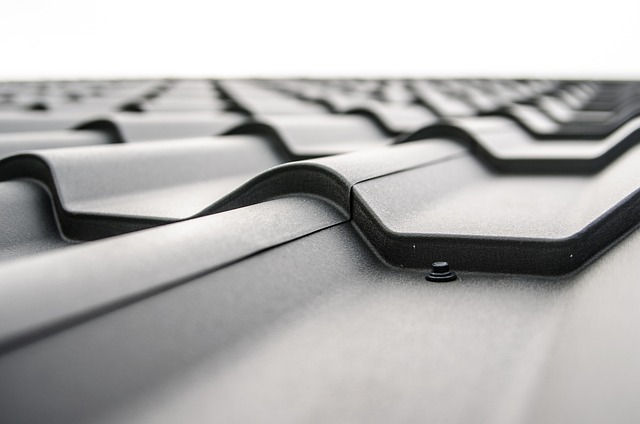Roof flashing is a crucial component in Austin roof repair, preventing water infiltration at points like chimneys and vents, thereby protecting against leaks, mold growth, and structural damage. Common problems arise from improper installation and lack of maintenance, leading to costly repairs. To address these issues, Austin roof repair services emphasize thorough inspections, use high-quality materials, and ensure proper installation and regular upkeep. Regular maintenance, including annual inspections, cleaning, and sealing, is vital for extending the lifespan of flashing and safeguarding properties from water damage.
“Keep your home safe from water damage with this comprehensive guide to fixing roof flashing, a crucial component in Austin’s often unpredictable climate. Understanding how roof flashing prevents water infiltration is the first step. We’ll explore common issues specific to Austin’s environment and equip you with the knowledge to undertake repairs using the right tools and materials. Learn a step-by-step process for effective sealing and discover maintenance tips to extend your flashing’s lifespan, ensuring long-term protection from leaky roofs, an essential aspect of Austin roof repair.”
- Understanding Roof Flashing and Its Role in Water Prevention
- Common Issues with Roof Flashing in Austin's Climate
- Tools and Materials Required for Repair
- Step-by-Step Guide to Fix and Seal Roof Flashing
- Maintenance Tips to Extend the Lifespan of Your Flashing
Understanding Roof Flashing and Its Role in Water Prevention
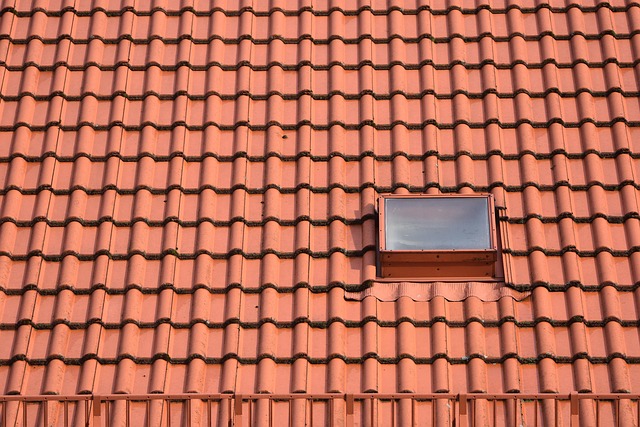
Roof flashing is a crucial component in any roofing system, especially when it comes to preventing water infiltration in Austin roof repair scenarios. It’s essentially a thin layer of waterproof material that bridges the gap between your roof and structural elements like chimneys, vents, or walls. These areas, known as penetrations, can be vulnerable to water seepage if not properly sealed. Flashing acts as a barrier, directing rainwater away from these points and keeping it from entering your home or building.
Understanding the role of flashing in your Austin roof repair is key to maintaining a dry and healthy structure. A well-installed flashing system can prevent leaks, mold growth, and potential structural damage caused by water intrusion. It’s an often-overlooked but essential fix that can save you from costly repairs down the line.
Common Issues with Roof Flashing in Austin's Climate
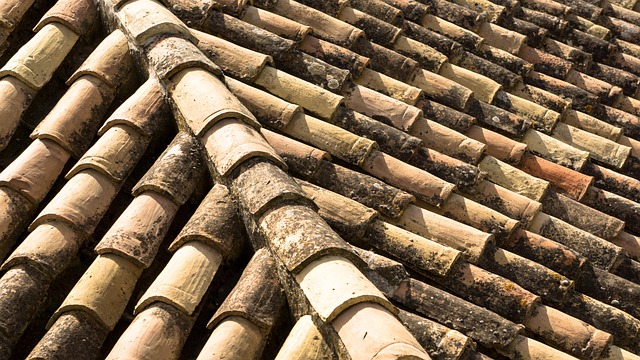
Roof flashing, a vital component in sealing the joints and edges of roofs, often encounters issues in Austin’s unique climate. The city’s fluctuating temperatures and significant rainfall present challenges that can lead to water infiltration over time. Common problems include loose or damaged flashing, improper installation, and lack of regular maintenance. These issues can result in leaks, mold growth, and even structural damage.
Austin roof repair services frequently address these problems by inspecting the existing flashing for any signs of wear and tear. If necessary, they replace the old flashing with new, high-quality materials designed to withstand Austin’s climate. Proper installation and regular maintenance are key to ensuring the effectiveness of roof flashing in preventing water infiltration.
Tools and Materials Required for Repair
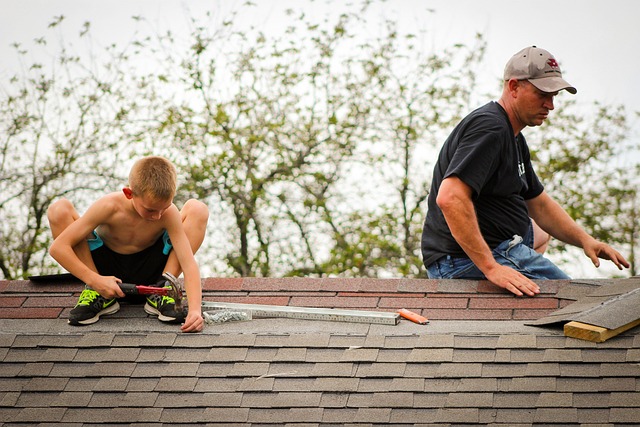
When it comes to fixing roof flashing and preventing water infiltration in Austin roof repair projects, the right tools and materials are essential for a successful outcome. For this task, you’ll need a few key items to ensure an effective fix. Start with high-quality flashing material, typically made of metal or synthetic rubber, which serves as a waterproof barrier. A utility knife is crucial for trimming and shaping the flashing to fit the roof’s contours perfectly.
Don’t forget about the adhesive or sealant designed specifically for flashing applications. These products create a strong bond, preventing water from seeping through joints and gaps. Additionally, you might require roofer’s tape, metal connectors, and a hammer for nailing or securing the flashing in place. Proper preparation and the use of appropriate materials are vital steps in Austin roof repair to maintain a robust and durable solution against leaks.
Step-by-Step Guide to Fix and Seal Roof Flashing
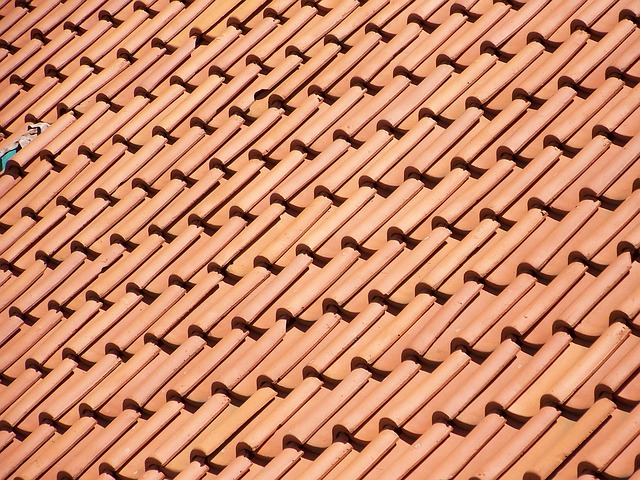
Fixing and sealing roof flashing is a crucial step in preventing water infiltration and protecting your home from potential damage. Here’s a straightforward, step-by-step guide tailored for Austin roof repair professionals or homeowners looking to tackle this task themselves.
Start by inspecting the flashing around the roof’s edges and vents. Look for any cracks, tears, or loose pieces of metal. If you notice damaged areas, carefully remove the old flashing using a utility knife, ensuring no debris is left behind. Clean the surface thoroughly with a wire brush to promote better adhesion for new sealing materials. Measure the length of the flashing needed and cut new pieces accordingly. Apply a bead of high-quality sealant along the edges and joints, making sure it’s evenly distributed. Once the sealant is set, use a tool like a trowel or sponge to smooth and shape the flashing into place, ensuring a watertight seal. Regular maintenance and timely repairs using these steps can significantly extend your roof’s lifespan and safeguard your Austin home from costly water damage.
Maintenance Tips to Extend the Lifespan of Your Flashing

Regular maintenance is key to extending the lifespan of your roof flashing, an essential component in preventing water infiltration. At Austin roof repair services, we recommend inspecting your flashing at least once a year for any signs of damage, wear, or corrosion. Promptly addressing issues like cracked or missing pieces, rust spots, or loose connections can prevent costly repairs down the line.
In addition to routine inspections, proper cleaning and sealing are crucial. Debris buildup on flashing can block drainage, leading to water damage. Use a soft brush or vacuum to remove any dirt, leaves, or branches. After cleaning, apply a waterproof sealant to reinforce protection against moisture intrusion, ensuring your roof remains secure and dry for years to come.
